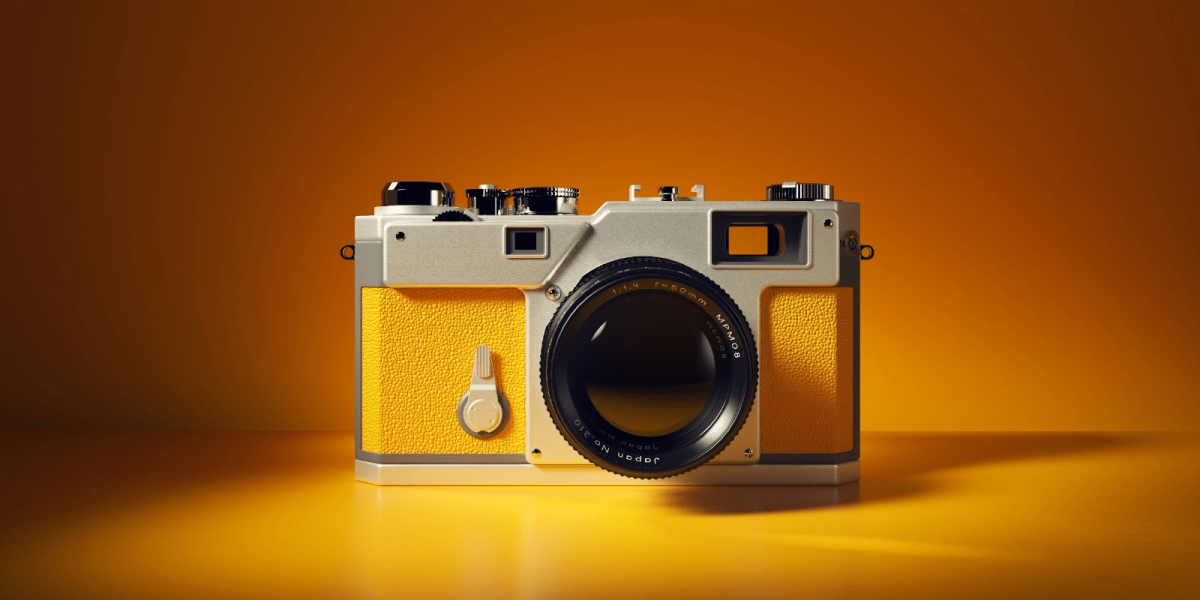In an era dominated by digital technology, the resurgence of film photography has taken many by surprise. Despite the convenience and ubiquity of digital cameras and smartphones, an increasing number of photographers are turning to analog film for its unique aesthetic, tactile experience, and creative possibilities. This article delves into the reasons behind the resurgence of film photography, exploring its enduring appeal and the factors driving its renewed popularity.
In today’s digital age, where smartphones and digital cameras have become ubiquitous tools for capturing images, the resurgence of film photography may seem unexpected. However, for many photographers and enthusiasts, analog film represents more than just a nostalgic throwback—it offers a unique and immersive creative experience that cannot be replicated with digital technology alone. In this article, we’ll explore why film photography is experiencing a revival, examining its enduring appeal and the factors contributing to its renewed popularity.
Read also: Beyond Reflection: How Mirrors Unlock Creative Potential
The Charm of Analog Photography
Film photography has a timeless charm that appeals to photographers and enthusiasts of all ages. From the tactile experience of loading film into a camera to the anticipation of waiting for prints to develop, every step of the analog process is imbued with a sense of nostalgia and craftsmanship. Unlike digital photography, which often involves instant gratification and endless post-processing options, film photography encourages a more deliberate and contemplative approach to image-making, fostering a deeper connection between the photographer and their subject.
The Appeal of Film Aesthetics
One of the primary reasons for the resurgence of film photography is the unique aesthetic qualities that analog film can impart to images. Unlike the crisp and clean look of digital images, film photographs often have a distinctively soft, grainy, and organic feel that adds character and depth to the image. Each type of film stock has its own unique color palette, contrast range, and tonal characteristics, allowing photographers to experiment with different looks and styles to achieve their desired aesthetic.
Embracing Imperfections and Serendipity
One of the inherent charms of film photography lies in its unpredictability and imperfections. From light leaks and lens flares to unexpected color shifts and vignetting, film images often contain quirks and anomalies that can add visual interest and narrative depth to the photograph. For many photographers, these imperfections are not flaws to be corrected but rather unique elements that contribute to the overall character and authenticity of the image.
Slow Photography in a Fast-paced World
In a world characterized by instant gratification and constant connectivity, film photography offers a welcome antidote to the frenetic pace of modern life. Unlike digital cameras and smartphones, which allow users to capture and share images with a few taps of a screen, film photography requires patience, skill, and intentionality. From carefully composing each shot to selecting the appropriate film stock and exposure settings, the analog process encourages photographers to slow down, savor the moment, and fully engage with their surroundings.
Disconnecting to Connect
In an age where digital technology has permeated every aspect of our lives, film photography provides an opportunity to disconnect from screens and reconnect with the physical world. By immersing themselves in the analog process of shooting, developing, and printing film, photographers can cultivate a deeper appreciation for the craft of photography and the beauty of the world around them. Additionally, the tangible nature of film prints offers a sense of permanence and tangibility that is often lacking in the digital realm, allowing photographers to create physical artifacts that can be cherished and shared for generations to come.
Read also: The Enduring Allure of Analog: Why Film Photography is Here to Stay
A Timeless Appeal
The resurgence of film photography is a testament to its enduring appeal and timeless charm. From its unique aesthetic qualities to its immersive and tactile experience, analog film offers photographers a creative outlet that transcends the limitations of digital technology. By embracing imperfections, slowing down, and disconnecting from the digital world, photographers can rediscover the joy and satisfaction of capturing images on film. As the popularity of film photography continues to grow, it serves as a reminder that sometimes, the most meaningful and memorable experiences are those that require patience, skill, and a willingness to embrace the beauty of imperfection.








